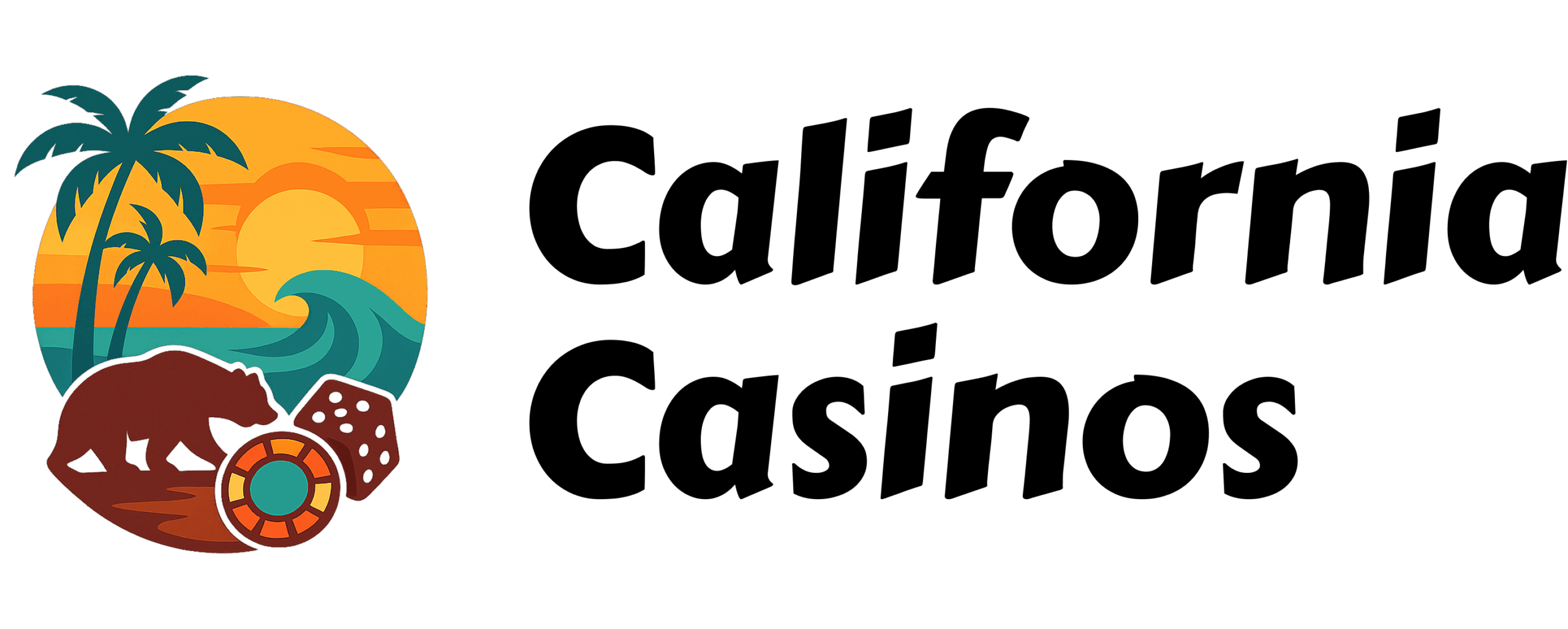When people vote they expect the process to be 100% reliable. They also expect that it would be transparent to verify the results. We count on the honesty and integrity of the process. While this article is about “open source voting”, there is a statement in it that shocks the conscience.
The top voting leader in the State, except for the Secretary of State, admitted the current system in California is not 100% reliable—read the words carefully:
“Here’s where a new approach to voting systems comes in. Brent Turner, the secretary for California Association of Voting Officials, says Open Voting, or open-source voting, can bring voting systems into the 21st century while improving their transparency and reliability.”
If you have to improve the reliability you are admitting the current system is NOT reliable—yet people are elected using a process those in charge of voting ADMIT is not 100% reliable—or transparent. Why should people vote—maybe that is why this is not publicly discussed?

Open Source Voting: The Future of Elections
By Alex Gauthier, Independent Voter Project, 1/23/14
The integrity of an election is equally, if not more, important than the outcome. If voters have no confidence in how their vote was counted, do the results matter? Do you know how your vote will be counted this November?
“The timing is now for fixing the situation”Kammi Foote
In California, and many other states, election results are processed using equipment that was cutting edge when Y2K was still a thing. A maze of state and federal regulations transpiring from the Gore v. Bush 2000 election debacle has made it difficult for registrars to receive authorization from state and local authorities to implement new technology.
Kammi Foote, the elected Clerk-Recorder for Inyo County, says time is running out to fix California’s aging voting infrastructure.
“Most of the registrars in California are now working with technology that was designed back in 2000” said Foote. “Think 8-track tapes.”
California in particular uses a mixture of proprietary software run on the hardware provided by four different companies. These include the AccuVote TSX created by Premier (aka Diebold), the AutoMARK from Election Systems and Software, the Optech Insight from Sequoia (aka Dominion) and the eSlate manufactured by Hart Intercivic.
In August 2013, California’s Auditor discovered millions in wasted state funds that went toward unusable voting technology. Additionally, registrars now need to accommodate the state’s new nonpartisan election system which was passed by a majority of voters in 2010 under Proposition 14.
A task Foote says registrars can handle, but need to implement a long term solution:
“[Prop 14] sort of changed the way our systems report voting results. Our voting systems weren’t designed to report [the top two vote getters]” explained Foote. “But because the certification process is so onerous to have any change made to any already certified voting systems… it has created this system where we haven’t had any new voting technology in California.”
California’s Legislature did pass Senate Bill 360 last year which addresses some of Foote’s concerns. Authored by State Senator Alex Padilla (D-Pacioma), it cut out the federal requirements for certifying voting systems, which now paves the way for new open source voting systems to be vetted by the state and implemented.
Here’s where a new approach to voting systems comes in. Brent Turner, the secretary for California Association of Voting Officials, says Open Voting, or open-source voting, can bring voting systems into the 21st century while improving their transparency and reliability.
“Open source voting is a designed system that creates transparency within an election system, relating to the software code” said Turner. “And it allows for a higher degree of security within the system as well as creates an environment for less expensive systems as you now eliminate the literal cost of the software code.”
Turner has seen the effects of faulty voting software first hand. In 2012, Newt Gingrich was incorrectly declared the winner of the Republican primary election due to a coding glitch. Romney was the actual winner.
Critics of open-source software are skeptical of the security aspect, which is often confused with online voting. An open-source system would not be open for editing; rather, the processes that will determine how votes are tabulated could be cross-examined by many different parties before being ‘locked-down’ well before an election takes place.
For Turner, leaving oversight up to one for profit voting technology company isn’t enough:
“In a closed system you are reliant upon the oversight of a limited amount of people and you have to trust that their conclusions and motivations are appropriate. But with an open-source system it takes the trust factor out of the equation.”
Foote and Turner are in agreement that relying on a proprietary system to ensure accurate, reliable, and transparent elections won’t be the future of elections. Rather, Open Voting, or open-source systems, are the 21st century solution to the age-old democratic process.
“If you had an open source vote tabulation software then you would have transparency in the system,” Foote said.







